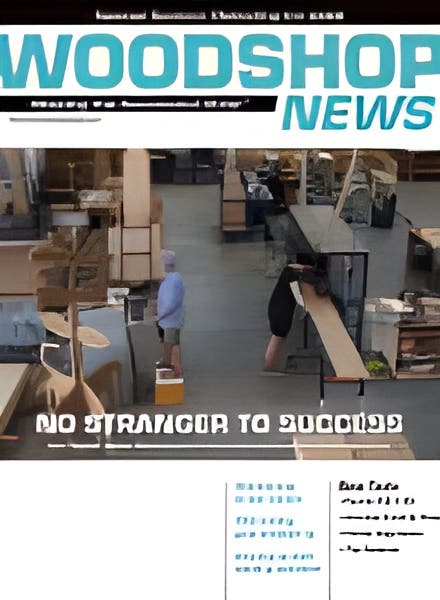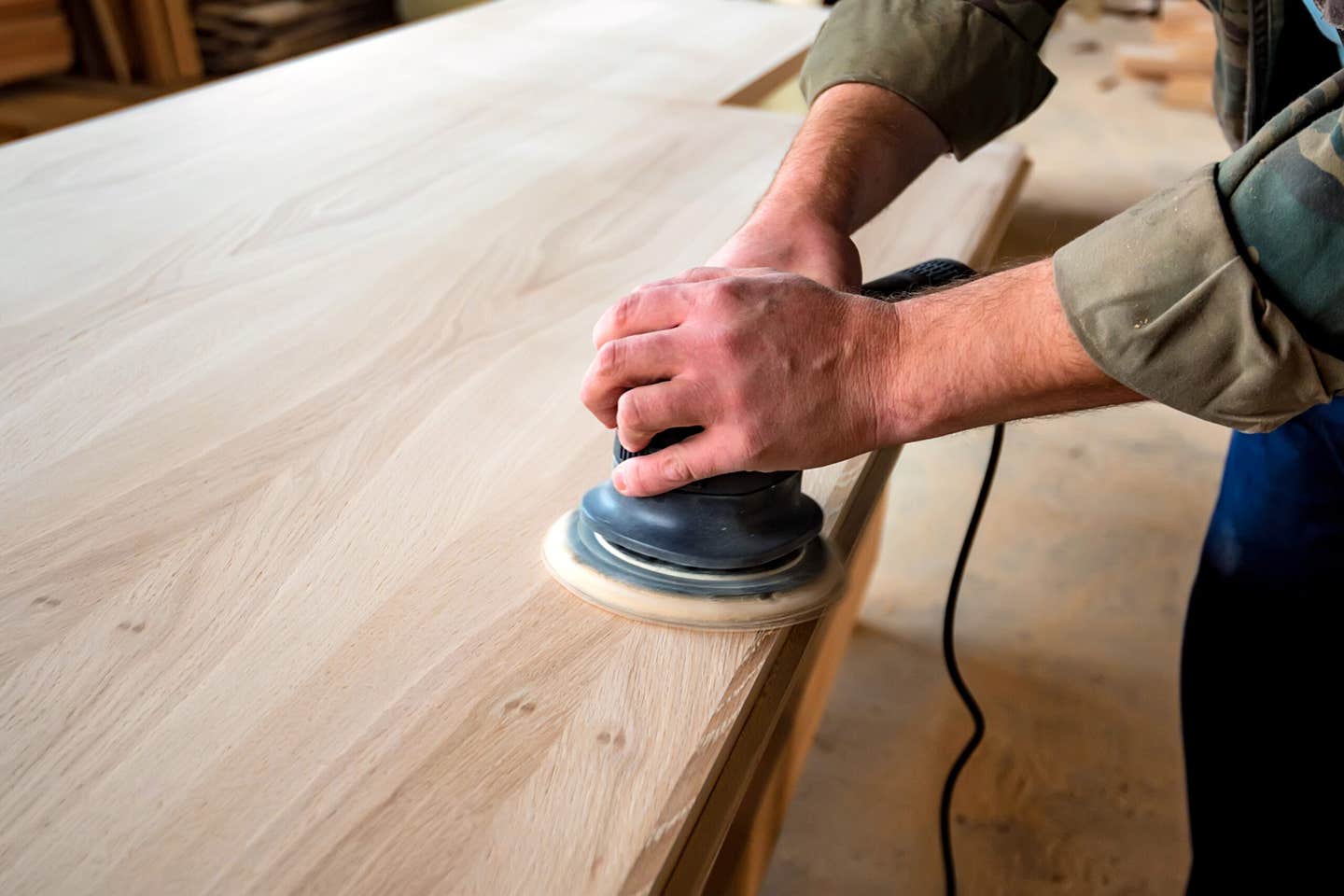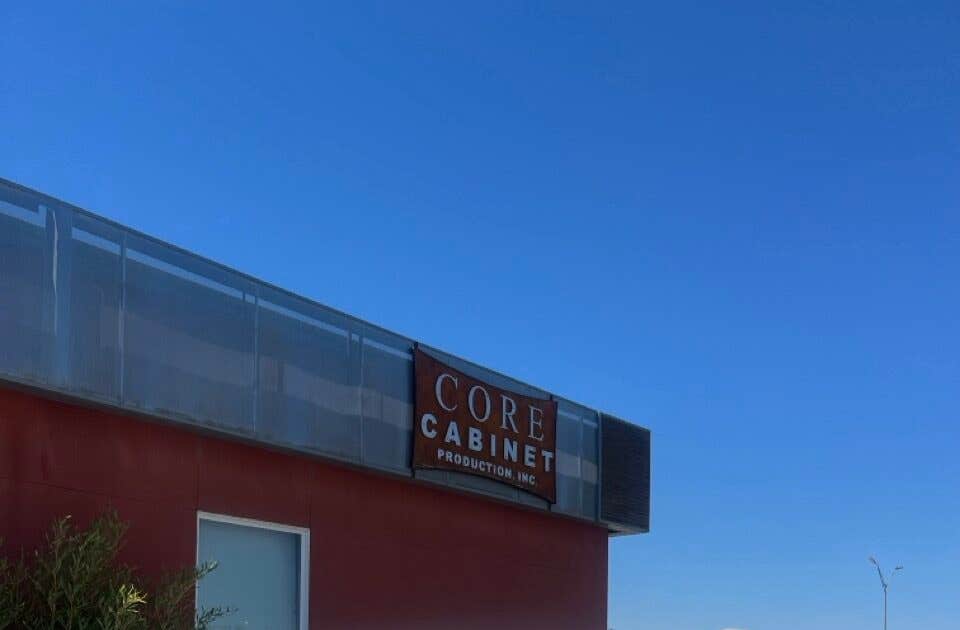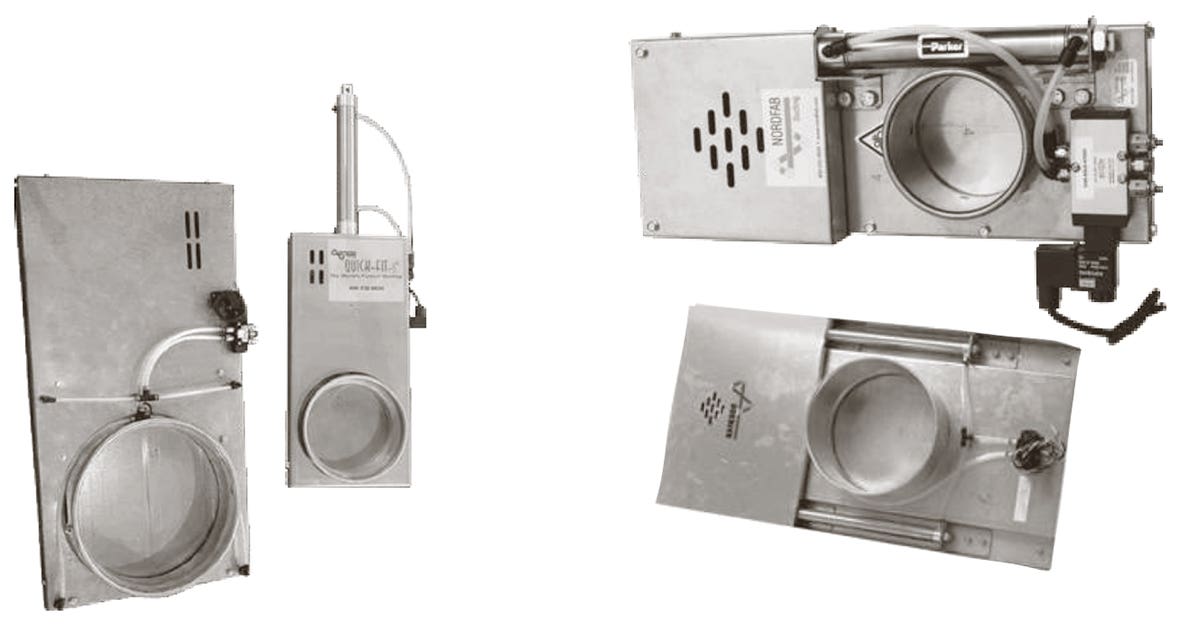Built to last
Designers, contractors and homeowners throughout the greater Baltimore area have been commissioning custom cabinetry and furniture from TCS Woodworking for the past two decades.
Designers, contractors and homeowners throughout the greater Baltimore area have been commissioning custom cabinetry and furniture from TCS Woodworking for the past two decades. Owner Tom (Charles) Scheve appreciates the business, and while he wants to continue accommodating those requests for now, he anticipates doing more CNC-based 2D and 3D projects soon.
The two-man shop offers design and fabrication services with an emphasis on the highest quality of craftsmanship.
“We don’t use shortcuts or assembly-line techniques. Each piece is individually hand-crafted and finished to [a client’s] specifications using the finest woods and quality hardware available,” says Scheve.
Following opportunities
Scheve, a Baltimore native, started in the medical field as an operating room technician.
“I loved all of that but not all of the college I had to go through, plus it didn’t pay very well. So, through an acquaintance, I got involved in the cabinetmaker’s union apprenticeship program and did that for four years.”
He joined a local cabinet shop for six years, followed by an 11-year stint at another shop. “The second shop was a bigger shop doing store fixtures,” says Scheve. “It was okay, and it paid the bills, but it was nowhere near what I wanted to do.”
He became a shop owner in 1998.
“It took me a while. I had to get enough work coming in,” says Scheve. “A very good friend of mine, a general contractor, gave me a great deal of advice. He told me I’d have to have someone feeding me work. You can’t do the work and chase it at the same time.
“That got me thinking about interior designers and architects. I started making phone calls and visits, and was able to get in with an interior designer. They just threw me a bone every once and a while. I was doing good work and I was on time. I got in with one, then another, and built my reputation.”
What started in a garage now occupies a 2,700-sq.-ft. space.
TCS Woodworking has
been providing custom
furniture and cabinetry
to the greater Baltimore
market since 1998. Here
are but a few examples.
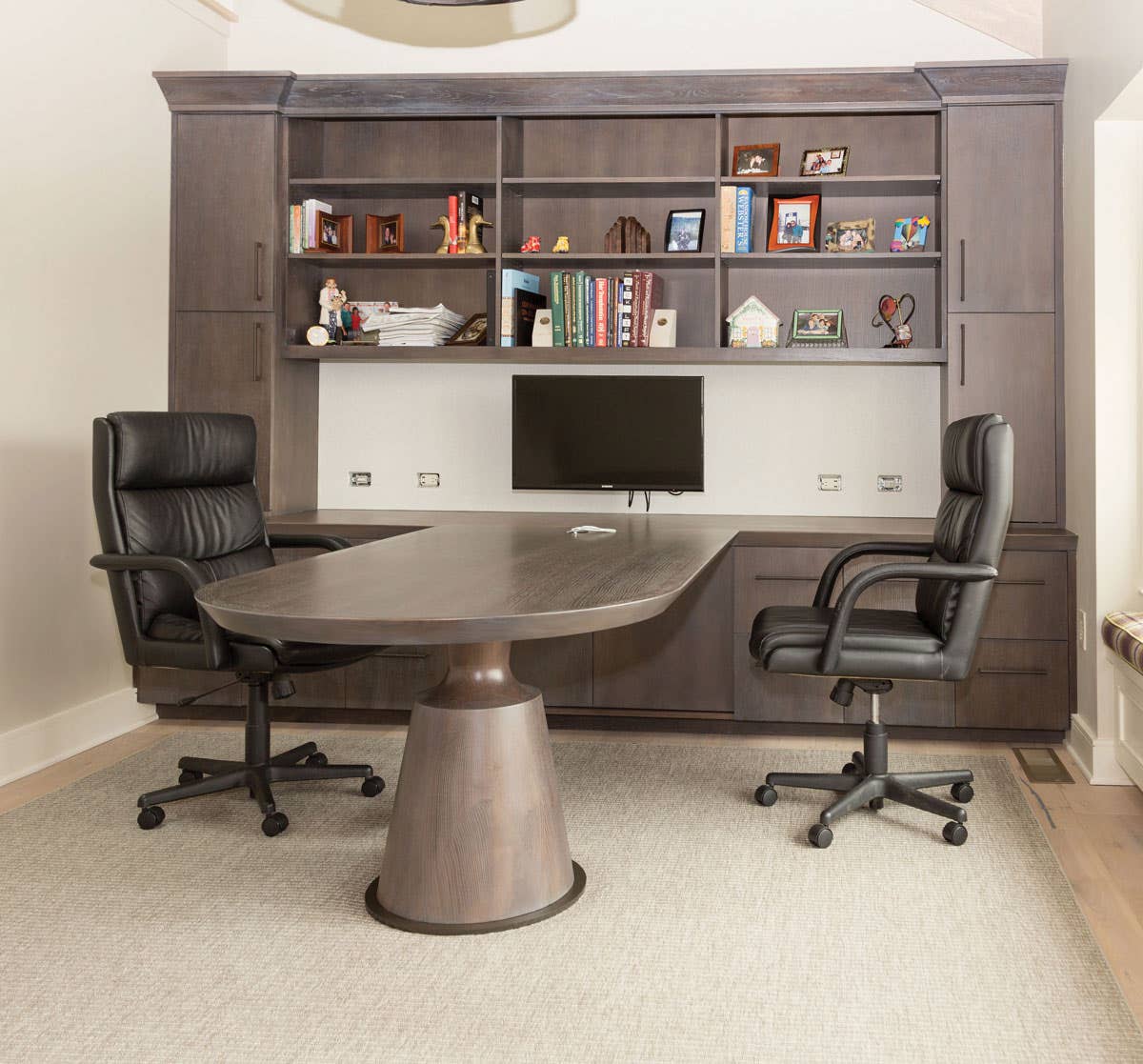
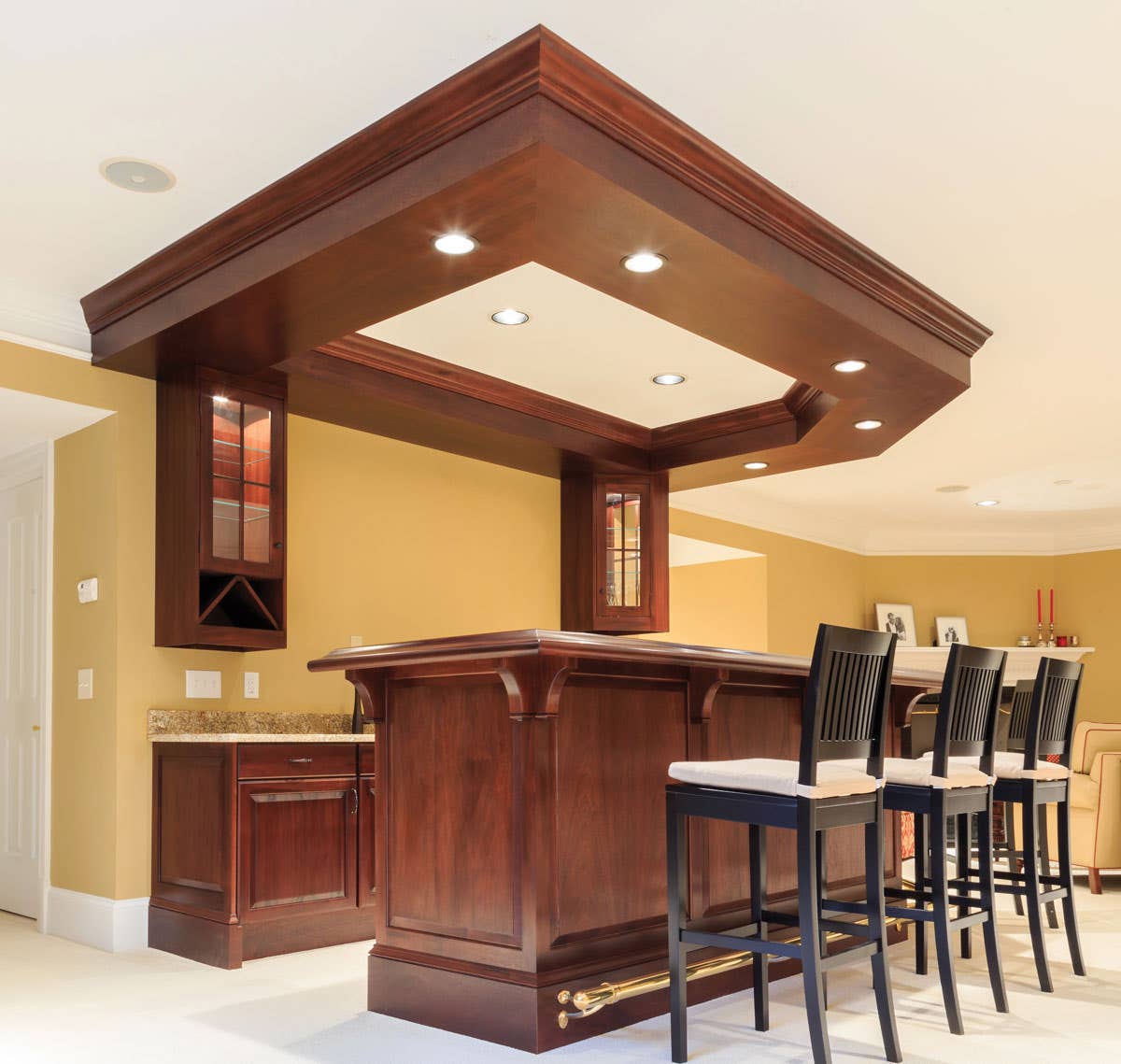
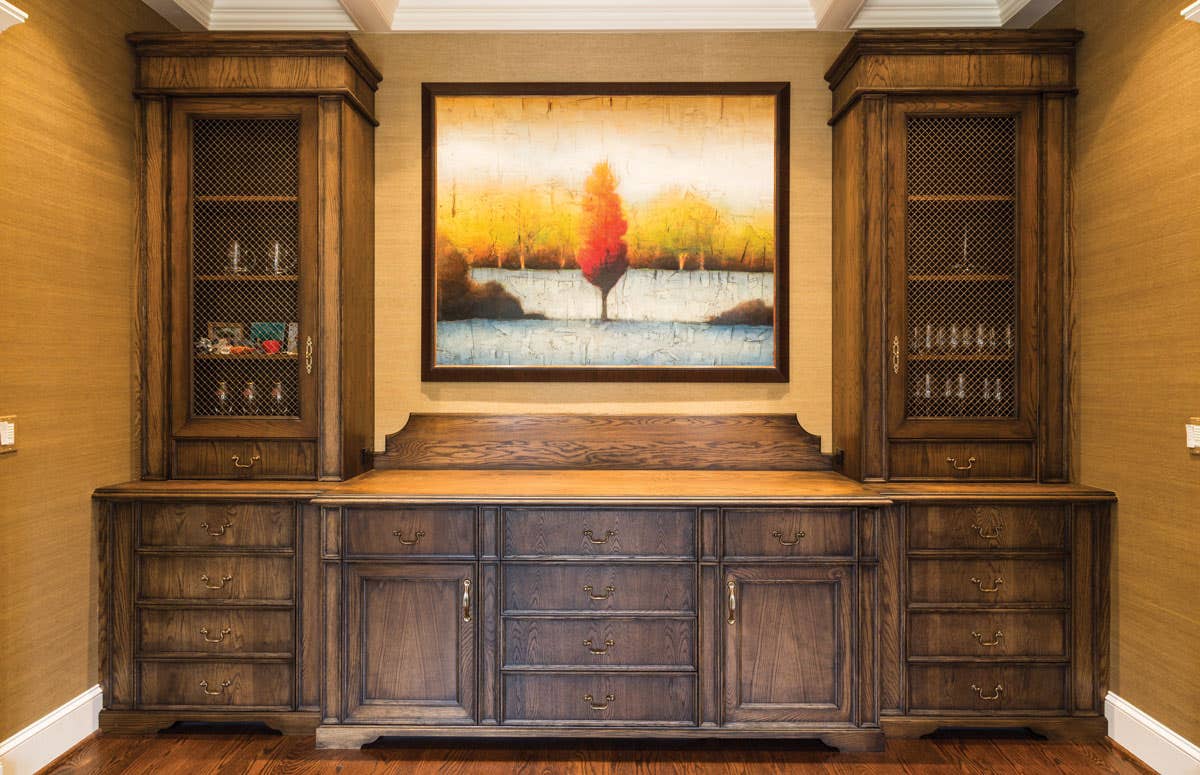
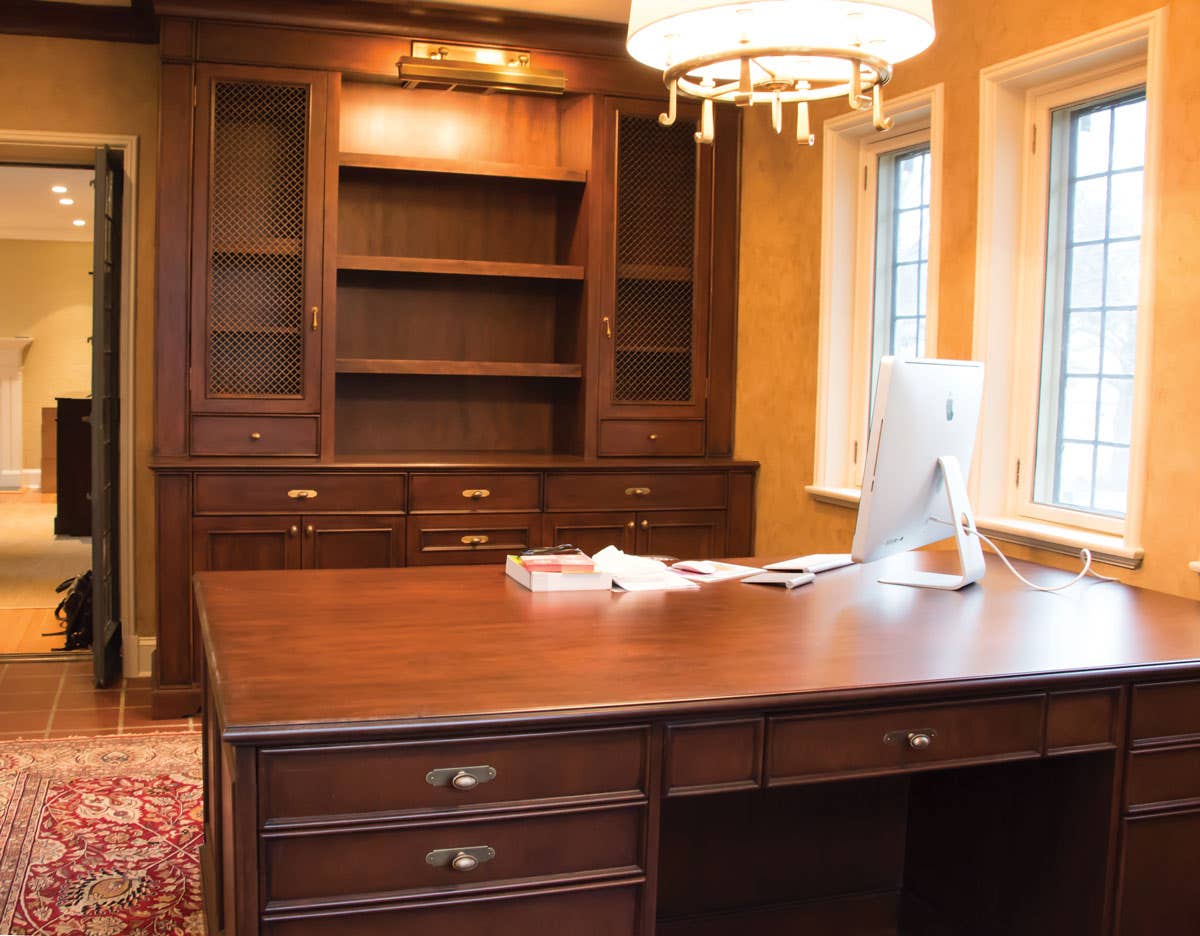

Getting it right
Scheve’s marketing approach centers on attracting the “right” customers.
“Everybody will call you, but not everybody can afford you. That’s why I don’t advertise in the Yellow Pages or anything like that. I try to make my website appear that I do extremely high-quality work, which is what we do, and that it’s expensive. You want probably 85 percent of people to look at that and think that they can’t afford it. Because I can’t afford to do 30 estimates a week and get none of them.”
Scheve says he’s felt more strongly about that observation over the past 10 years, as prospective customers tend to want things cheaper and cheaper. But he holds his ground, cautioning that when you buy cheap, you buy twice.
“Everyone wants it cheap. The younger generation is uneducated in quality. Because of that they’ve grown up going to Ikea, Walmart and Value City. You can buy a whole living room for $1,000 at Value City. They aren’t going to tell you it’s only going to last five years, and don’t you dare move because it’s all going to fall apart. They haven’t gotten to that point yet where they learn.
“My normal clients are 45 years old and above, professionals that make high incomes up to $300,000 or more. I can’t afford my prices.”
About three quarters of the shop’s work – mainly kitchens, bars and bathrooms - is supplied through three interior designers and six general contractors. The remaining is directly from homeowners searching online.
Most jobs are in the Baltimore metropolitan area.
“Some people ask to come look at the showroom. I don’t have a showroom. It’s whatever we’re working on in the shop. They’re welcome to come and look,” says Scheve.
Designers are pushing the contemporary look, he says. Lately, it’s gray stain and liming on white oak. “There’s no detail, and the doors are flat. Raised panel has pretty much gone away. Some contractors won’t push the contemporary that much, but it depends if they work with designers.
“Everybody’s different, but the interior designers are pushing one taste. I’d love to be able to express my own fruitfulness to my work, but you do what they tell you. If I’m directly dealing with them, I can show different items and they either want it or they don’t.”
Exploring possibilities
Scheve’s shop had to be structurally modified to fit his CNC router, a MultiCam MG, purchased in 2015.
Several years earlier he experienced sticker shock outsourcing a 3D carving of a radius grape arbor and two corbels.
“What this guy charged me,” says Scheve. “I thought, I’m in the wrong business. So I started looking in to how much these CNCs cost and they’re a house payment, starting brand new at $70,000. Then I started looking for used ones.”
The journey led him to Texas. “I flew there to see the machine but the problem was how to get it into my building. With a 9’ x 12’ footprint it was too large, and it probably weighed three tons with the gantry. The table itself is 2,000 pounds and nobody wanted to move it. We had to tear a wall out and put on an addition.”
After months of fighting the learning curve, Scheve now has the hang of his router and wants to focus on 3D work. “I’m starting to head in that direction with my business,” he says.
“I’ve had some general contractors come in to look for particular items or molding that they cannot find anywhere else, or corbels that they can’t buy at a particular size.
“I’m not getting any younger and I don’t want a huge shop. I’d much rather buy another CNC than hire another person. It doesn’t call in sick, doesn’t need a vacation, and runs until it’s done.”
Right now, Scheve says the only problem with the CNC focus is that there’s a Catch 22. He has a four-month backlog and no time to market his CNC services. As he sorts it out, he knows the best bet is to keep moving forward and somehow make it happen. Diversifying his product offerings will not only be convenient for him, but will help guarantee future business.
“The one shop I worked at for 11 years was a production shop. It did the same thing repeatedly: store fixtures. It was mind numbing. They had over 100 employees, and an army just to load and to install. When things died down in the ’90s it was like a ghost town. It was very scary. They put all their eggs in one basket and went under. You can’t have that, or you won’t stay in business.”
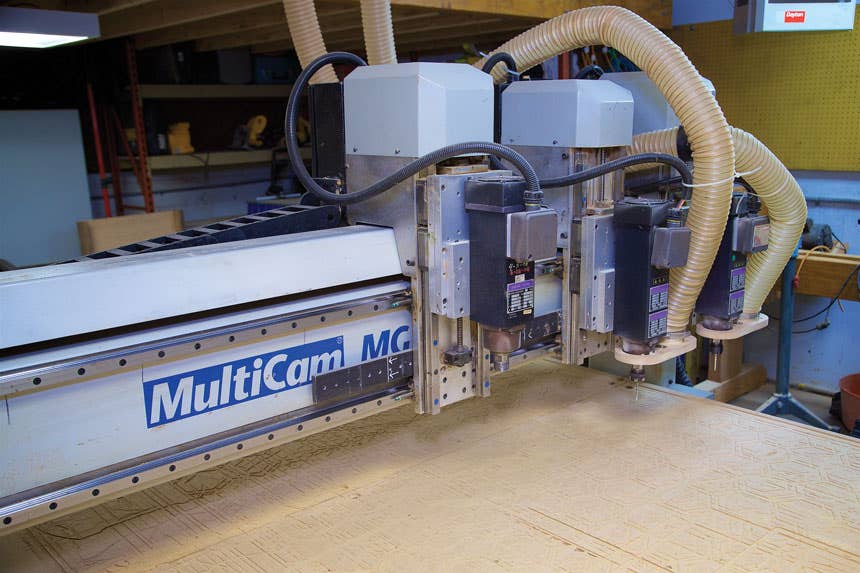
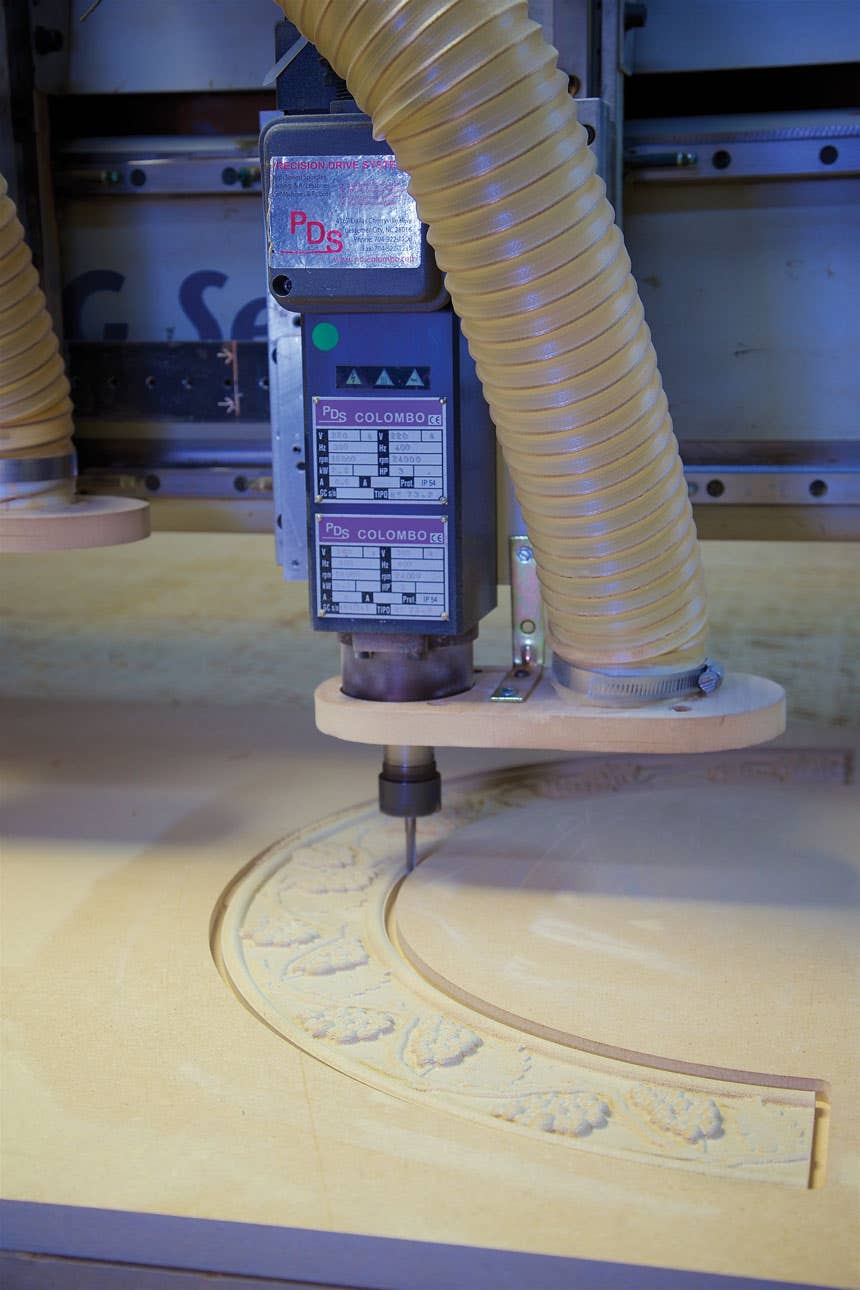
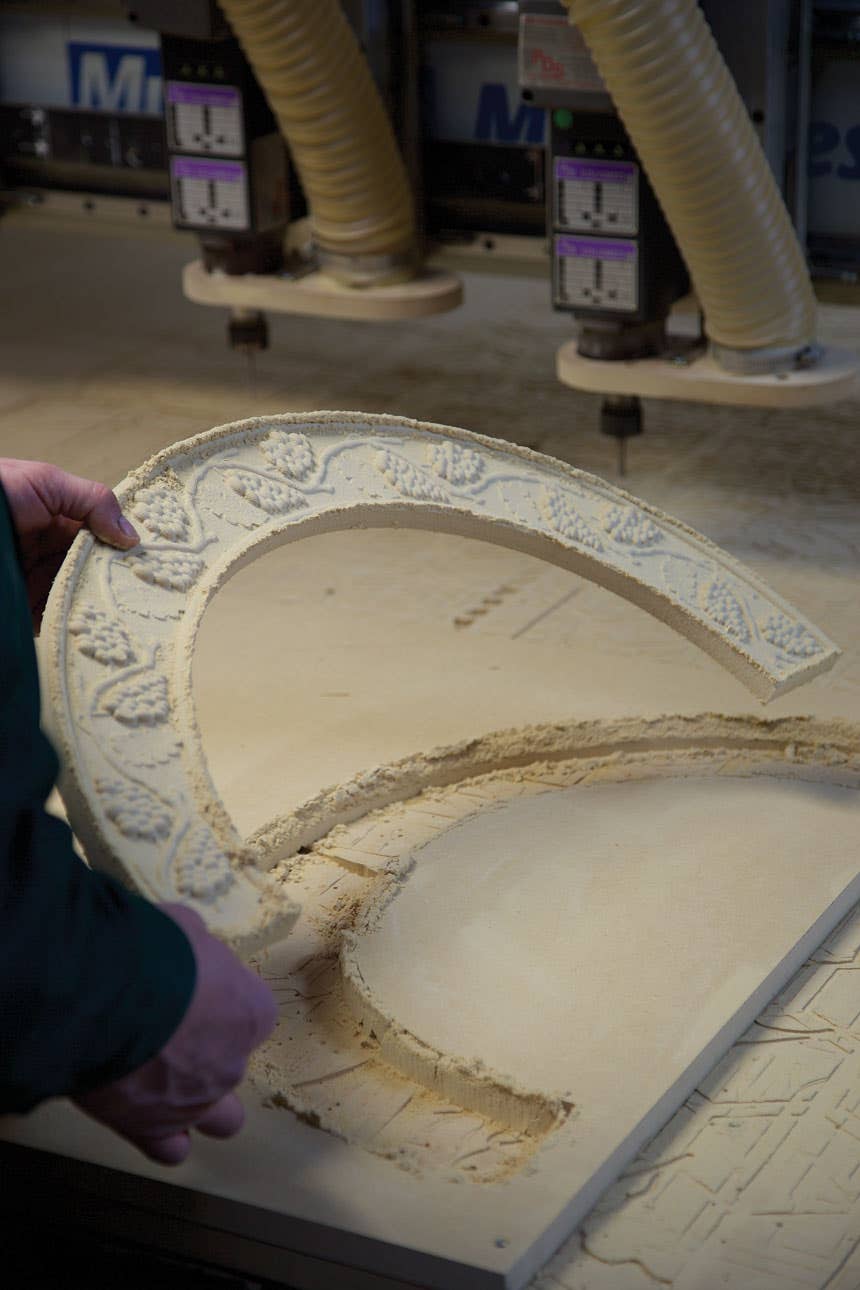
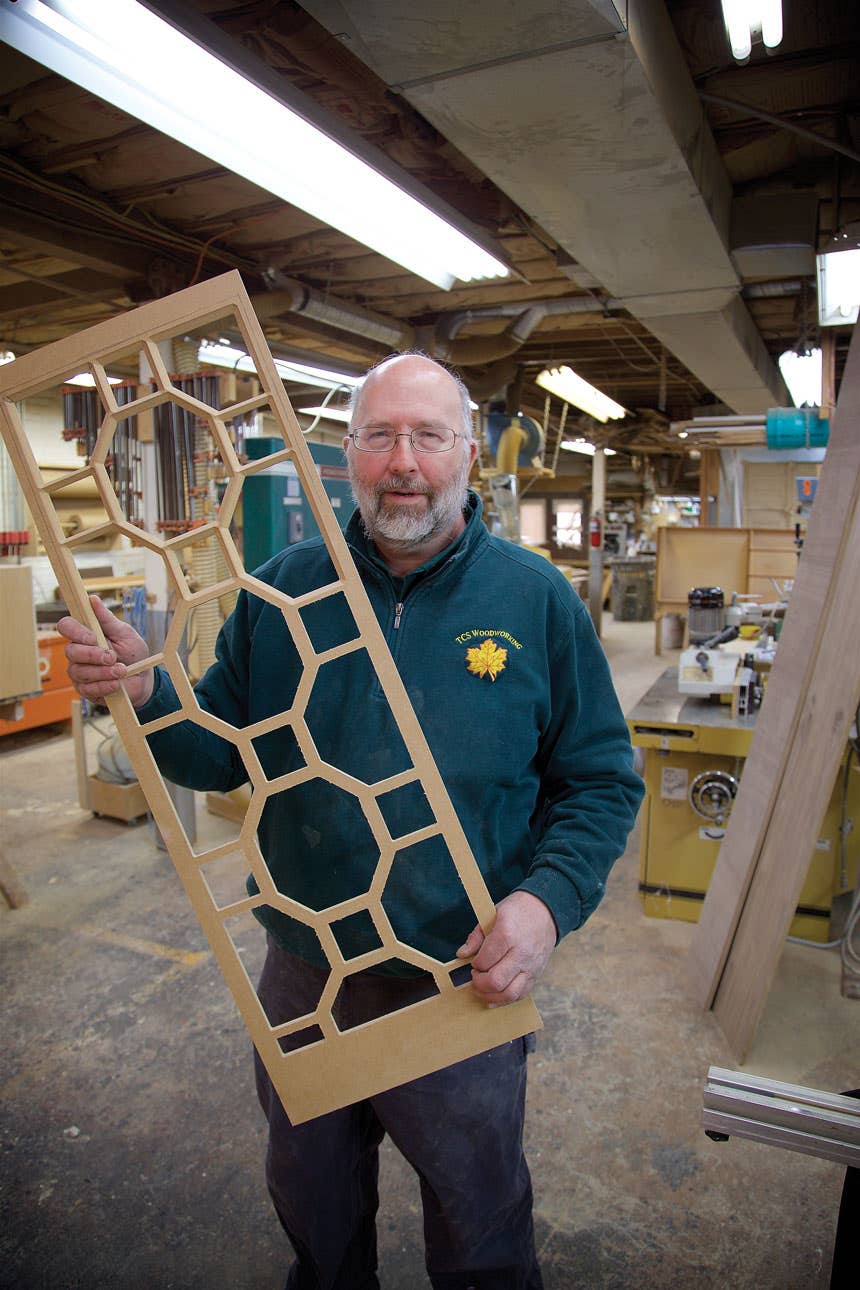
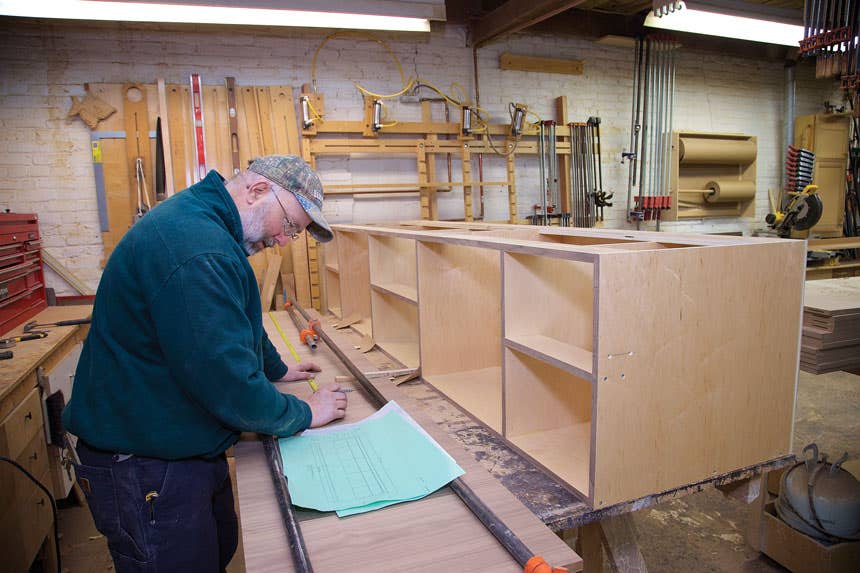
Contact:
TCS Woodworking
2730 Loch Raven Rd.
Baltimore, MD 21218
Tel: 410-662-5959
www.tcswoodworking.com
This article originally appeared in the February 2018 issue.

